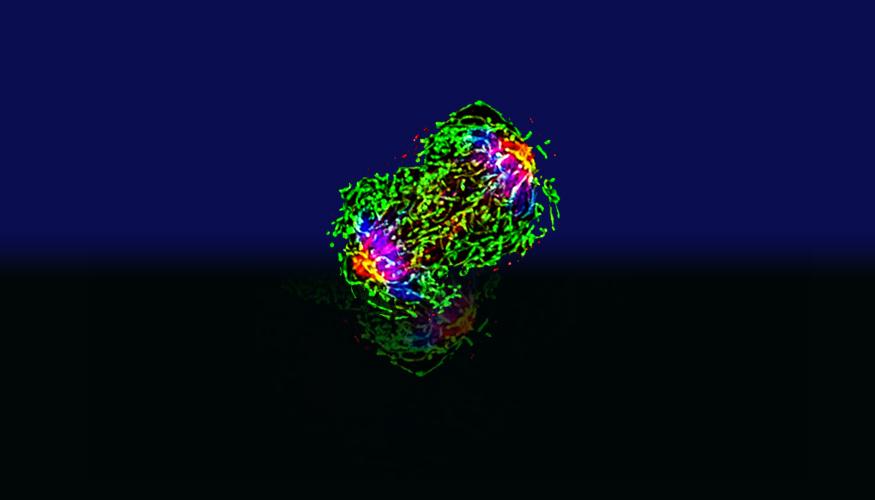In vitro and in vivo molecular imaging techniques provide many unique opportunities to visualize and study biological processes. Bioluminescence is a ubiquitous and commonly used imaging modality for visualizing biological processes in vivo. Bioluminescence is the emission of light from biochemical reactions that occur within a living organism. This technique employs visible light and interfaces readily with most cell and tissue types, making it a versatile technology for preclinical studies and for the early detection of disease progression. Luciferin, a substrate of luciferase that plays a key role in the light emitted from fireflies, is at the heart of bioluminescence imaging and produces noticeable light outputs. Despite the great advancement in bioluminescence techniques, current methods for luciferin synthesis are low yielding and complex. The present technology relates to bioluminescence and in particular to methods and systems for the synthesis of D-aminoluciferin precursor and related compounds.
Researchers at LLNL have developed a more efficient and cost-effective method and system for synthesizing a critical D-aminoluciferin precursor and related compounds. D-aminoluciferin is as active as luciferin and provides a free -NH2 group for functionalization to attach peptide sequences corresponding to the cleavage site of a protease. This allows for the synthesis of bioluminescent probes for the detection of various proteases as diagnostic tools for diseases. However, D-aminoluciferin does not survive the harsh deprotection conditions used in the solid phase synthesis. LLNL inventors describe an alternative solution phase synthesis of D-aminoluciferin for generating protease probes. The figure shows a schematic representation of a bioluminescent assay based on the release of D-aminoluciferin from a bioluminescent protease probe. Use of this refined synthesis process enables the rapid production of bioluminescent protease probes and leads to the possibility of very sensitive multiplexed assays.
- More efficient and cost-effective method for synthesizing a critical D-aminoluciferin precursor and related compounds
- Enables rapid and customizable production of bioluminescent probes to detect proteases
- Highly sensitive multiplexed assays for proteases for disease diagnosis
- In vitro & In vivo imaging
- Biological analysis
- Clinical diagnosis
LLNL has obtained patent (US Patent 8,586,759) covering this technology (LLNL Internal Case # IL-12088).


